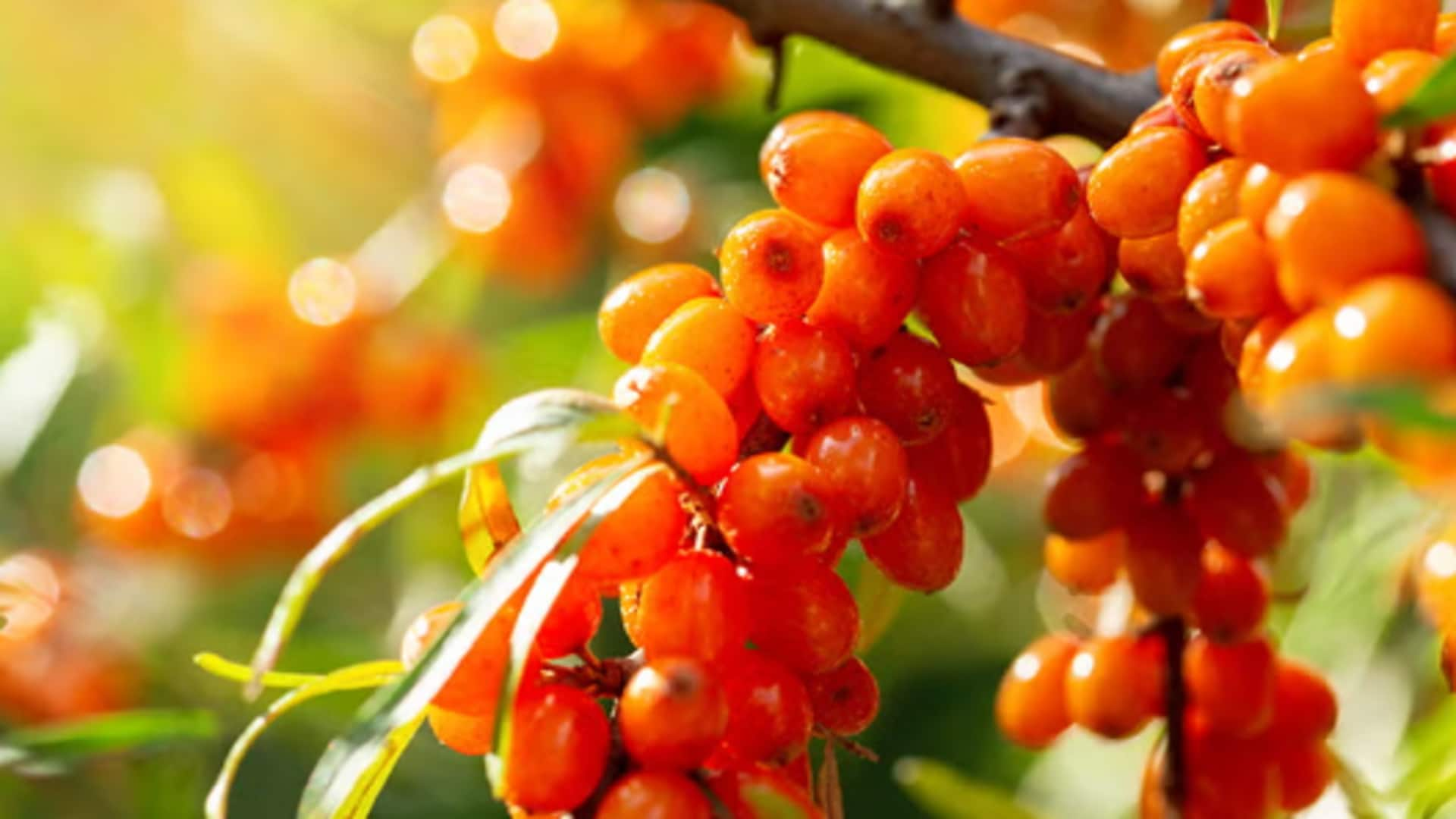
How to grow sea buckthorn at home
What's the story
Sea buckthorn is a hardy shrub famous for its bright orange berries, which are packed with vitamins and antioxidants. Growing this plant at home can be rewarding because of its nutritional benefits and ornamental appeal. It grows well in various climates and needs minimal maintenance once established. Here are practical tips on how to grow sea buckthorn easily in your garden/backyard for a healthy yield of berries.
Site selection
Choosing the right location
Choosing the right spot is critical for sea buckthorn growth. This plant thrives in full sunlight and well-drained soil. Make sure that the selected spot gets at least six hours of direct sunlight every day. Steer clear of waterlogged areas, as too much moisture can damage the roots. If the soil is heavy clay, you can amend it with sand or organic matter for drainage.
Soil preparation
Preparing the soil
Before planting sea buckthorn, loosen the soil to a depth of about 30 centimeters. Mix the soil with compost or well-rotted manure to improve fertility and structure. A slightly acidic to neutral pH level of 5.5 to 7 is the best for optimal growth. You can perform a soil test if needed, and adjust pH levels using lime or sulfur as recommended.
Planting process
Planting sea buckthorn
Plant sea buckthorn shrubs in early spring, when the ground is workable but before it starts sprouting new growth. Space plants about two meters apart to give them adequate room to grow and for air circulation. Dig holes twice as wide as the root ball but no deeper than its height. Place each plant in the hole, backfill with soil, and water thoroughly to eliminate air pockets.
Care routine
Watering and maintenance tips
Once established, sea buckthorn needs little to no watering except during long dry spells, when you may need to supplement irrigation every two weeks. Mulch around plants with organic material such as straw or wood chips to retain moisture and suppress weeds (without touching stems directly)—this avoids rot issues developing over time. Consistent care practices throughout seasons ensure healthy yields year after year without much effort involved overall.